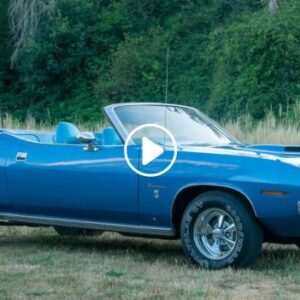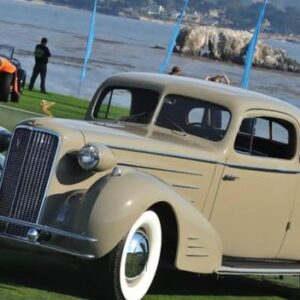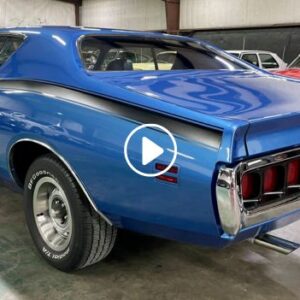When it comes to 1950s station wagons, no grocery getter is more famous than the Tri-Five-based Chevrolet Nomad. Produced from 1955 to 1957, it’s not just a design icon of the era, but it’s also a rare classic with fewer than 23,000 units built. However, the Nomad is by no means the rarest wagon from the era.




While the two-door Chevy makes frequent appearances on public roads and at car shows (in both restored or restomod forms), Pontiac’s take on the same recipe, the Safari, remains a somewhat forgotten gen.
Just like the Nomad, the Safari was introduced in 1955 and it was based on the same A-body platform. It was also available as a two-door wagon, even though, unlike the Nomad, it wasn’t restricted to this layout. The Safari also came in a four-door version, which Chevrolet sold as the Townsman (in both 210 and Bel Air trim).
Was it just as fancy as the Nomad? Well, of course it was because the Safari was Pontiac’s flagship station wagon. So how come it never took off as the Nomad did?
Well, let’s say that the Chevrolet Tri-Five the Nomad was based on was a far more appealing design to the general public. The Safari, on the other hand, was based on the Pontiac Chieftain (even though it was part of the Star Chief series), which wasn’t as popular at the time.
For reference, while Pontiac sold a total of almost 1.3 million cars from 1955 to 1957, Chevrolet produced almost five million Tri-Fives over the same period. As a result, the Safari also left the assembly line in far fewer numbers than the Nomad.
Specifically, while Chevrolet built 22,897 Nomads from 1955 to 1957, Pontiac put together only 9,094 Safaris over the same three model years. But despite its scarcity, the Safari is a more common sight in junkyards than on public roads or car shows.
This 1956 two-door version is one of the many Safaris that have been left to rot away. And it spent so many years in this backyard that it’s in really bad shape. Is it still salvageable? I’d say yes, but a restoration wouldn’t make financial sense in this case.
One of 4,024 examples built for the 1956 model year, this Safari still sports its original 317-cubic-inch V8 under the hood. The mill was enlarged from 287 cubic inches in 1955 and generated up to 285 horsepower in range-topping 2×4-barrel carburetor form.
According to YouTube’s “Auto Archaeology,” the station wagon is 95% complete, which makes it a solid project car. All it needs now is a new owner willing to fix it and put it back on the road.
Would you drive a Pontiac Safari or would you rather roll in the more famous Chevrolet Nomad? Let me know in the comments.





